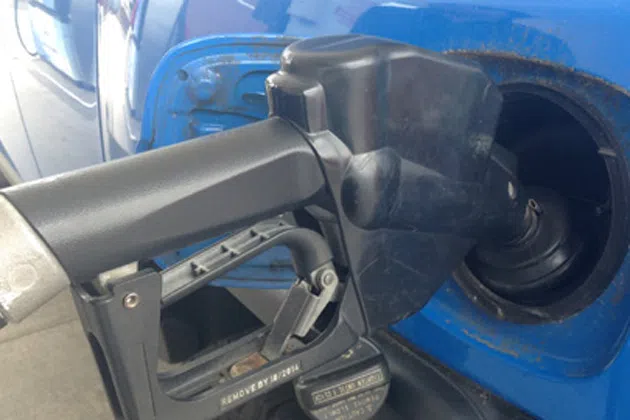
By Jim Anderson/Illinois Radio Network
CHAMPAIGN – What’s the best way for Illinois to pay for roads? The Institute of Government and Public Affairs at the University of Illinois says it’s the gas tax, despite its imperfections.
“It’s definitely a good way for Illinois to plug the funding gap that it has for its highways. It will roughly affect individuals who use the roads more than others. It’s not perfect, but the system is already in place and (it’s) something that’s going to be easy to implement,” said economics and finance professor Julian Reif.
The institute evaluated the pros and cons of three funding methods:
- GAS TAX – Pros: Easy to collect, roughly taxes people based on how much they drive. Cons: Regressive, taxes fuel consumed rather than miles driven, so drivers of fuel-efficient or alternative-fuel vehicles don’t pay their fair share.
- TOLLS – Pros: Users pay only for the roads the use. Cons: Federal law may prohibit the institution of tolls on existing free roads.
- MILES DRIVEN TAX – Pros: Taxes people precisely for their use of roads. Cons: Difficult to implement a new system in which people would pay yearly based on odometer readings; doesn’t account for out-of-state drivers using Illinois roads and Illinois drivers traveling in other states.
The gas tax, now 19 cents a gallon, was set in 1990. Since then, drivers are using more fuel-efficient vehicles, so not only have 25 years of inflation diminished the value of the tax, but the state is collecting less per mile driven. Reif says a 10-cent increase in the gas tax would raise $600 million.
The report doesn’t take into account the consequences of gas tax funds being “swept” for other purposes by the governor and lawmakers, a political decision that theoretically could affect revenue from any tax, toll or fee.





